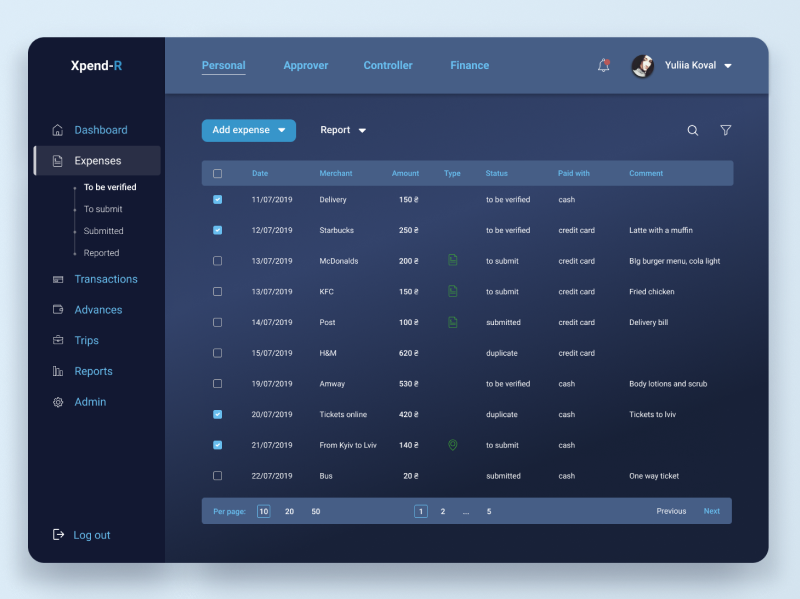
- SITEVIZ CMS TUTORIAL SOFTWARE
- SITEVIZ CMS TUTORIAL CODE
- SITEVIZ CMS TUTORIAL FREE
- SITEVIZ CMS TUTORIAL WINDOWS
SITEVIZ CMS TUTORIAL SOFTWARE
TimeĪ medium to a large scale e-learning website would typically take two to three months to get up and running, including the time taken for the entire software development lifecycle. Of course this cost-benefit is possible only if the development plan is in place, otherwise you may not be able to gain any advantage by using an in-house team. If the development team is in-house your costs can be lower than if you choose to outsource. There is an element of cost involved in this approach and it depends on a few factors like complexity of the project and team configuration.

Modules, pages & sections can be added/removed, letting you custom build the website as you desire. In addition to this, you can add or remove, and modify different features as per your specifications. Many crucial features such as session timeouts, admin controls, video time retrieval can be added. There’s a massive pool of developers with sound PHP coding skills and a vibrant community that is constantly contributing.Ī DIY development process ensures inclusion of all functions according to your will and requirement.
SITEVIZ CMS TUTORIAL FREE
The most common example is MySQL, the community version of MySQL is open source and free to use.
SITEVIZ CMS TUTORIAL WINDOWS
Inexpensive hosting: PHP runs on Linux & Windows servers, both of which are available through hosting providers at very nominal costs (for eg.Inexpensive software: Programming tools in PHP are open source.It uses an overhead server and COM architecture. Fast load time: PHP has the fastest site loading speed because it runs in its own memory space, unlike ASP.Following are the distinct aspects for why you should consider PHP as a backend. PHP has been the de facto programming and scripting language for creating websites for the longest time. With a variety of backend programming languages, PHP is the most popular among developers. Tip: Stick to one reliable hosting provider such as goDaddy, AWS, DigitalOcean because migration when you are in production can be a real challenge. I suggest you start with a small instance or on a shared host and scale it up to a dedicated instance.

You will also need to manage the website and host it.

For the core functionality and back-end there are a variety of choices ranging from PHP, Java, ASP.net, Node, etc I would recommend PHP/MySQL for its ease but the choice is entirely yours and depends on how much you are willing to invest in terms of time and effort. You can also build highly engaging front-end experiences using AngularJS or other equivalent frameworks. You can stick to plain HTML5, CSS and JS for writing the UI of your website but there is merit in considering ready frameworks like Bootstrap too. The flow of the pages and modules are taken care by writing a well thought out UI. You also need to have intermediate to advanced skills in database management and designing schemas and data models. It demands the right coding skills and a thorough working knowledge of UI, UX is essential to deliver memorable user experiences. You require the following technical skills:īuilding a site from ground zero requires planning.

Let me walk you through what is needed to build using this approach. If you are a developer or have access to a developer team and want better control over the website in terms of features and maintenance, then this is the apt approach to build your e-learning website. Let’s look at each approach and discuss their feasibility with respect to attributes such as:
SITEVIZ CMS TUTORIAL CODE
Code From Scratch: You can consider coding in ASP.net, JAVA, Node JS, PHP.When it comes to building your e-learning website, there are 4 ways you can do it, namely. Let’s look at the different ways to build an E-learning website in this article. Creating an E-learning website is a challenging project to undertake whether you are a skilled developer or an educator with just basic tech awareness.


 0 kommentar(er)
0 kommentar(er)
